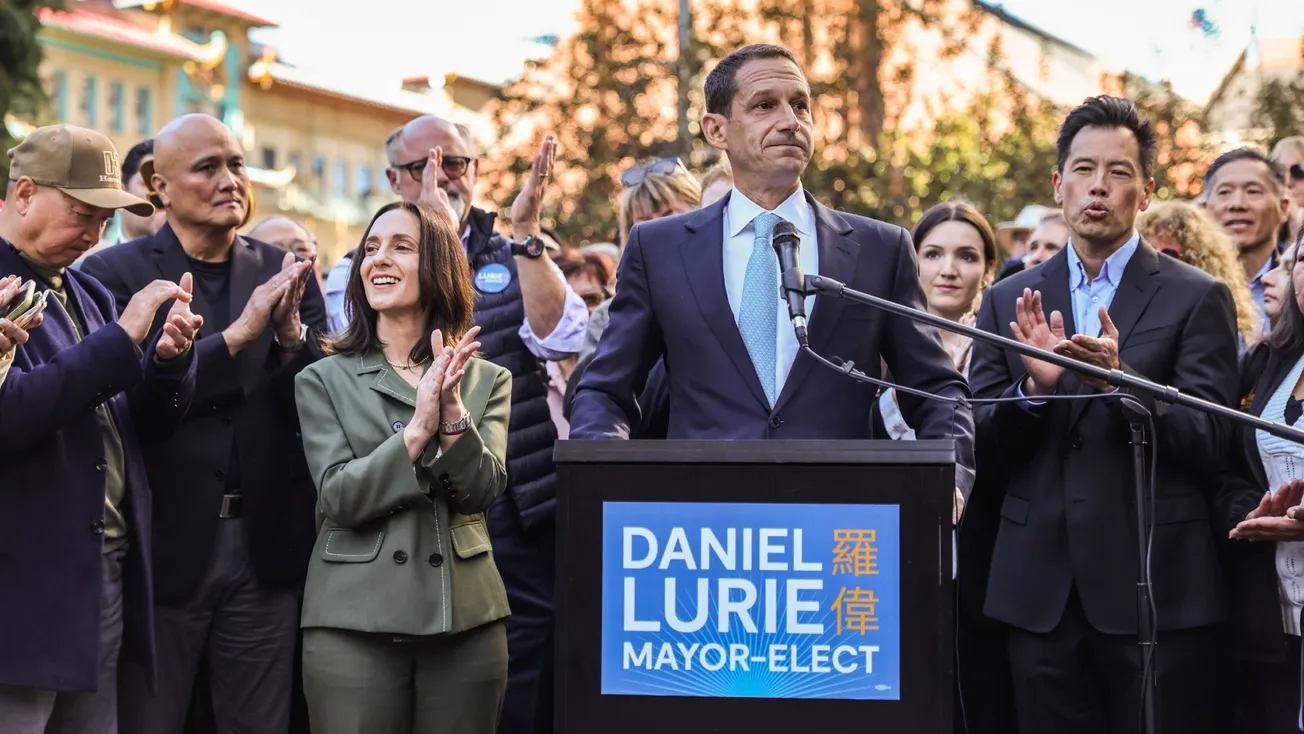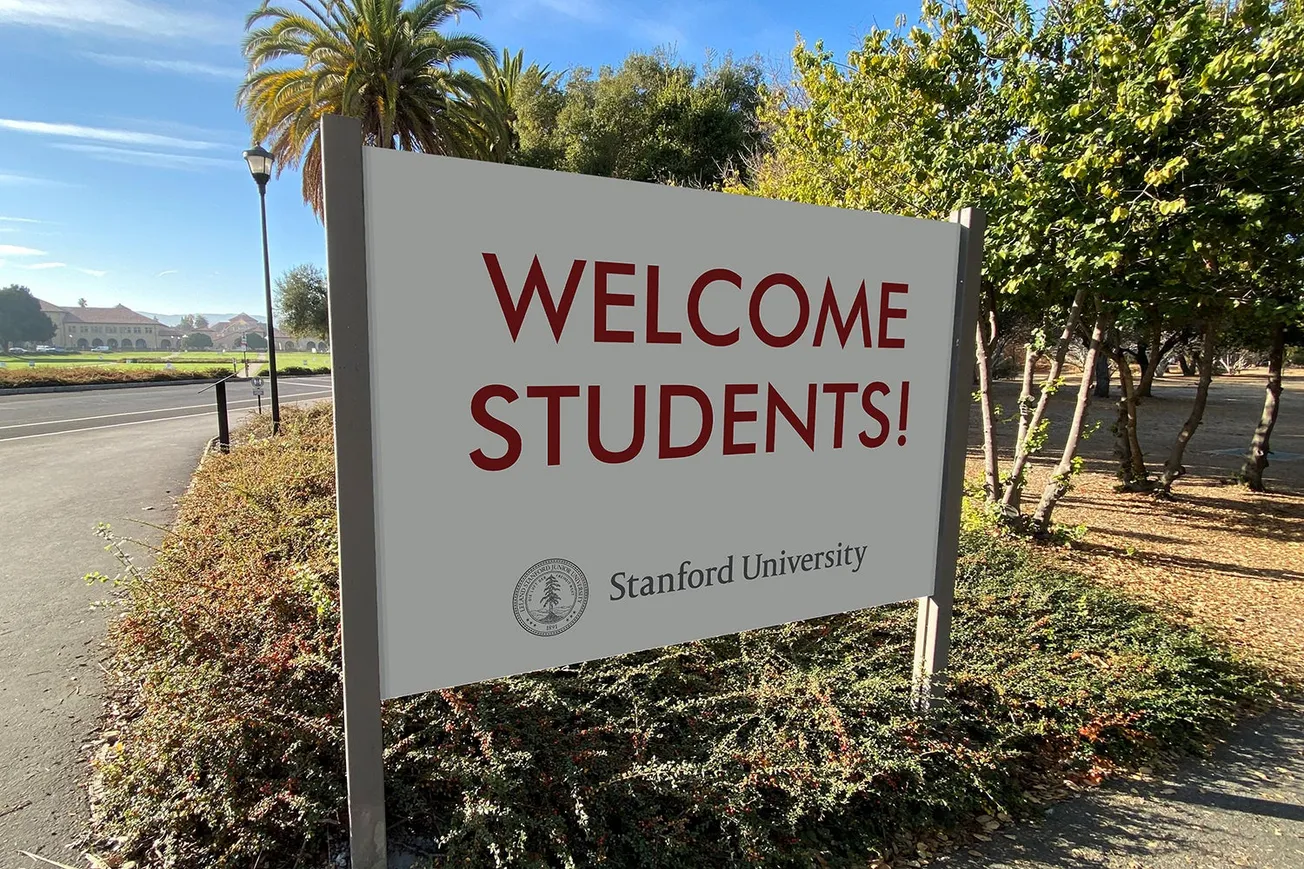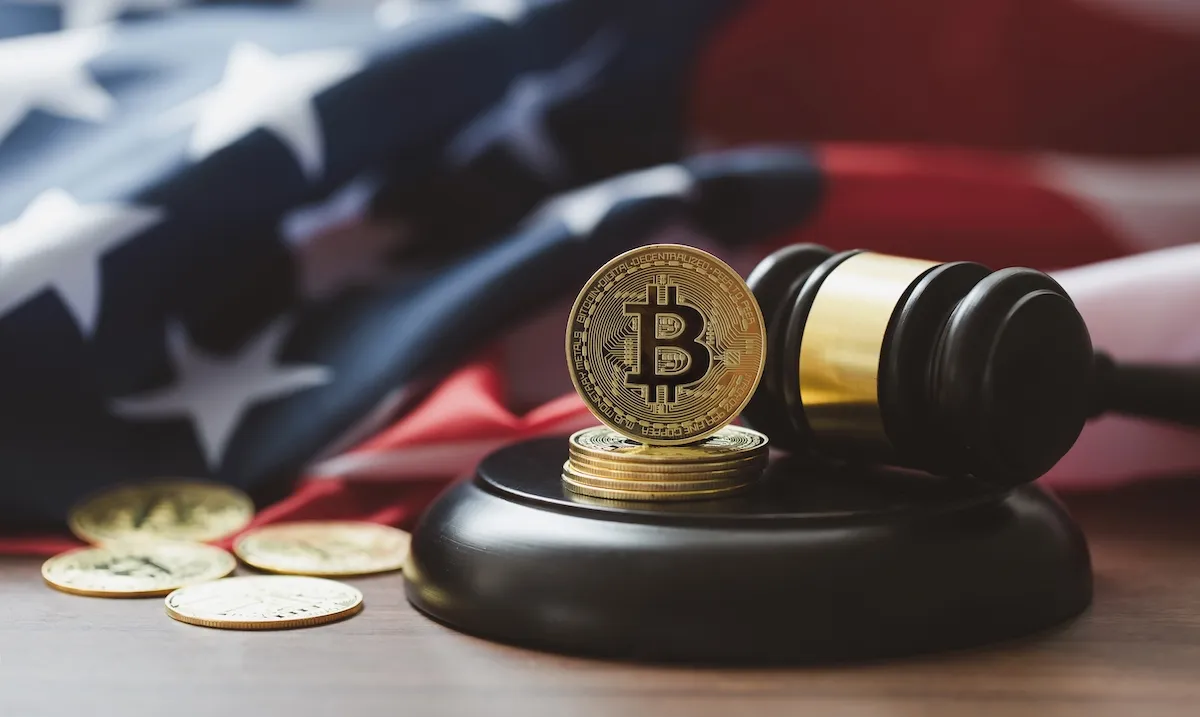Table of Contents
Just last year, San Francisco and Oakland were symbols of urban collapse. Streets were overrun with crime, businesses shut down, and residents begged for basic order. But today, things are shifting.
Everything, from hotels to restaurants, national chains to beloved local spots, had been closed down. In-N-Out Burger closed its Oakland location due to repeated armed robberies and vandalism. Denny's, Black Bear Diner, Shake Shack, Raising Cane’s, Oakland Hilton Hotel, Starbucks, as well as the black-owned restaurants Pierre Pierre and Sweet July’s, were all shut down in Oakland due to crime.
It was not always like this. Oakland once saw record-low homicides–85 in 2016 and 72 in 2017– thanks to an increase in police presence and community collaboration. But in the name of “justice,” the city defunded its police department by over $18 million. In 2018, Oakland saw a surge in violent crimes to approximately 1,273.7 incidents per 100,000 residents.
2023 marked rock bottom. Robberies had increased by 38% from 2022, burglaries rose by 23% compared to 2022, motor vehicle thefts surged by 44%, and homicides were 118 in both 2022 and 2023. Police response times ballooned by 50%, making it the second worst in California. While activists were screaming to defund the police, Oakland residents urged the governor to declare a state of emergency and call in the National Guard. It was not a surprise when residents witnessed 100 robberies in one week and 50 in a 72-hour chaotic period.
Oakland and SF leaders, fearful of backlash for enforcing the order, largely abdicated responsibility. Oakland Mayor Sheng Thao was recalled from office in November 2024 by nearly 65% of voters amid rising crime and an FBI investigation.
Even the Oakland NAACP broke ranks with progressive orthodoxy and demanded a state of emergency and a crackdown on violent crime. At the time, they were criticized for echoing conservative views. But now, the numbers overwhelmingly validate their warnings.
Then came 2024, and with it, a stunning reversal. Oakland began clawing its way back. Homicides dropped by 34%, robberies fell by 25%, and shootings declined by 33%. What happened?
The city reinstated its 'Ceasefire' program, a targeted strategy designed to identify and intervene with high-risk individuals. It also boosted police presence, coordination, and community support. This ultimately led to deterrence and accountability.
In SF, a tidal wave of crime drove business shutdowns. Nordstrom, Saks Fifth Avenue, Whole Foods, Walgreens, and The Market have all shuttered–while reasons vary, all of them point in part to crime. Up until 2023, the city struggled with an increase in robberies, motor vehicle thefts, and open-air drug markets. This culminated in Mayor London Breed's re-election loss to Daniel Lurie.
The newly elected mayor took bold steps to restore public order. He expanded homeless shelter capacity by over 1,500 beds through his “Break the Cycle” initiative, which aims to consolidate outreach and reduce encampments.
He has ended the city’s controversial program of distributing paraphernalia and shifted policy toward treatment-based interventions for addicts. After falling 500 officers short of the 2047 minimum, the new mayor has also issued a directive to boost police staffing. In Lurie’s first 100 days as mayor, SF reported a decline in property crime by 35%, violent crime went down by 15%, and car break-ins are the lowest they have been for 22 years.
The economics are simple: when crime increases, costs increase. Insurance premiums rise. Operating hours are shortened. Businesses spend more on security or leave altogether. This raises prices for customers, usually poor and working-class residents.
This is the fatal flaw of what Thomas Sowell called “The Vision of the Anointed”–a worldview where elites impose policies they do not have to live under. For elites crime is some neutral statistic; for citizens, it is fear, trauma, and chaos. It destroys trust and communities. It results in urban flight.
And when the working class leaves, what's left is emptiness, not equity. It destroys productivity and negatively impacts well-being. It makes climbing the socioeconomic ladder much harder. While there may still be some debate about whether poverty causes crime, it is clear that crime causes poverty. If you care about low-income, working-class people, then you must care about crime.
There is a substantial body of evidence that suggests more police on the ground, a visible police presence, and increased police budgets can improve public safety. Most European and East Asian countries have more police per capita than the United States, resulting in dramatically better crime and incarceration statistics.
Economist Alex Tabarrok and others have argued that the U.S. is underpoliced. Increasing policing measures would actually shift “America’s resources from punishment to crime to preventing it from happening in the first place.” A larger police budget would also mean more money to train police and increase professionalism.
Inner city residents are not as free as those in the suburbs because they cannot go about their day without fear of being harassed, attacked, or robbed. Steps can be made to help police more seamlessly integrate themselves into communities. As mentioned earlier, foot patrols and experimenting with what the Japanese refer to as kōban (police boxes) would increase public order. Recent data indicates that many residents in low-income, high-crime areas desire effective policing. Such findings suggest that the call for more well-trained police has credence.
The lessons from Oakland and San Francisco are clear–cities do not have to fall. When ideology is put aside and reality is confronted, order can be restored. Oakland’s recovery is not complete, however, recent results prove that prioritizing the protection of people and property works. The real injustice is waiting for cities to devolve before acting.





